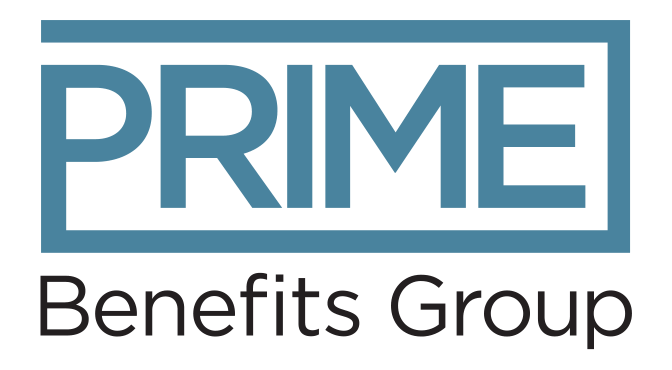- Have a question?
- 613-89-Prime (77463)
- 1-866-950-3667
- info@primebenefitsgroup.com
AI in HR: How Chatbots Could Change Human Resources


Artificial Intelligence (AI) is rapidly changing the way businesses operate, and human resources is no exception. AI is playing a larger role in the recruitment, retention and management of employees. As we’ve seen with the growing popularity of ChatGPT, AI bots have the potential to revolutionize how organizations approach critical functions.
What is ChatGPT?
ChatGPT is a popular language model chatbot developed by OpenAI. The tool is trained on a massive dataset of Internet text, which allows it to have general knowledge and generate human-like responses. ChatGPT is getting plenty of attention online for its ability to provide simple responses to human prompts on a wide range of complex subjects.
Chatbots are designed to simulate human conversation and interact with humans through text-based or voice-based interfaces, such as messaging apps, websites, or mobile apps. These tools are capable of understanding natural language input and can respond with automated messages or by taking specific actions.
Rule-based chatbots use pre-defined scripts and rules to understand and respond to human prompts. Self-learning chatbots use AI and machine learning (ML) algorithms to understand and respond and are able to improve their performance over time by learning from interactions with users.
How AI and Chatbots Can Be Used in HR
Chatbots are useful for repetitive or routine tasks and provide instant responses to common questions. Here are some ways chatbots can be used to improve efficiency in human resources:
- Recruitment: Chatbots and virtual interview assistants can help automate time-consuming tasks associated with recruiting new employees. These tools can also help improve the candidate experience by providing instant responses to common questions and provide feedback during the interview process. AI tools can also be used to schedule job interviews.
- Onboarding: Chatbots can be used to guide new employees through the onboarding process by providing them with information about the organization, their role, and the benefits of working for the company.
- Retention: AI powered tools can help identify employees at risk of leaving an organization by tracking information such as the number of hours worked and frequency of employee logins. These tools can also provide managers with actionable insights that can help improve employee engagement and retention.
- Workforce management: AI tools can help automate administrative HR tasks, such as tracking employee time off requests, processing payroll and managing employee benefits. This automation can free up HR staff to focus on more strategic tasks, such as employee development.
- Employee engagement: Chatbots can be used to engage employees in surveys and other feedback mechanisms, allowing companies to gather insights into employee engagement and satisfaction.
Risks of Using AI Powered Tools
While AI powered tools can be valuable, there are some risks associated with their use. Chatbots have the ability to collect and store employees’ personal data, so organizations must ensure this data is properly secured to protect employees’ privacy rights.
Organizations considering an AI strategy should ensure they have a clear understanding of the data being collected and how it will be used. Chatbots should also be integrated with human support when needed and be regularly tested and audited.
Chatbots can automate many time-consuming administrative tasks, but they can’t replace the personal touch of human interaction. These tools can only respond to the information with which they’ve been programmed and may not be able to respond to unexpected or complex prompts or situations. The automation chatbots provide is convenient and improves efficiency but may lead to the displacement of human workers.
AI has the potential to significantly impact HR both negatively and positively. No matter the sector, leaders need to be thoughtful about how AI is implemented in the workplace and ensure the benefits are balanced against the risks.
Please contact us so we can work together to create solutions that work best for you and your organization.
Suggested Reading:
AI advancements to watch in 2023, from chatbots to software
How the New AI ChatGPT Can Help Leaders Make Time To Be Human
Additional Resources:
How AI is Revolutionising Recruitment
Developing a strategic plan for AI in the workplace: where to start